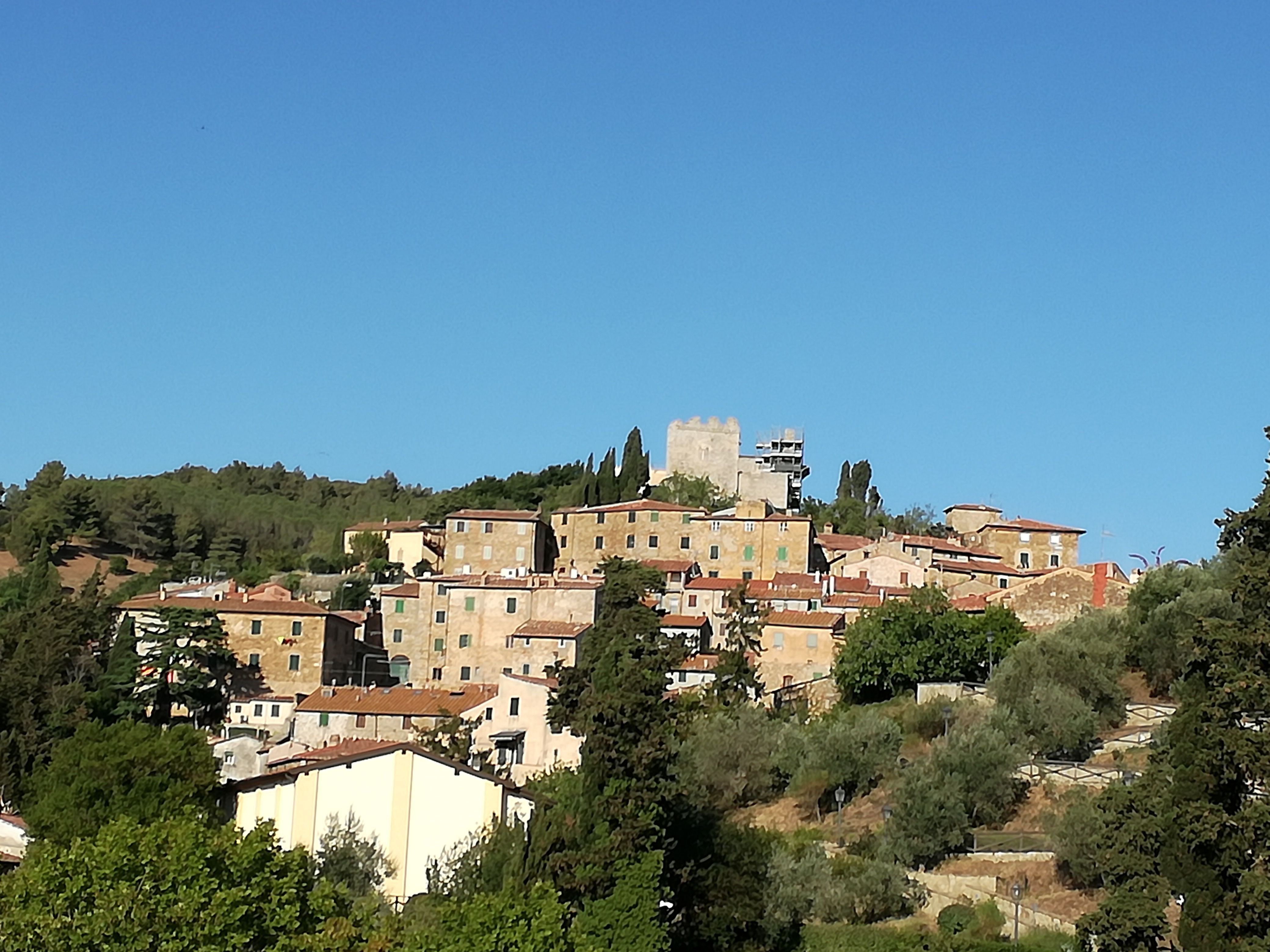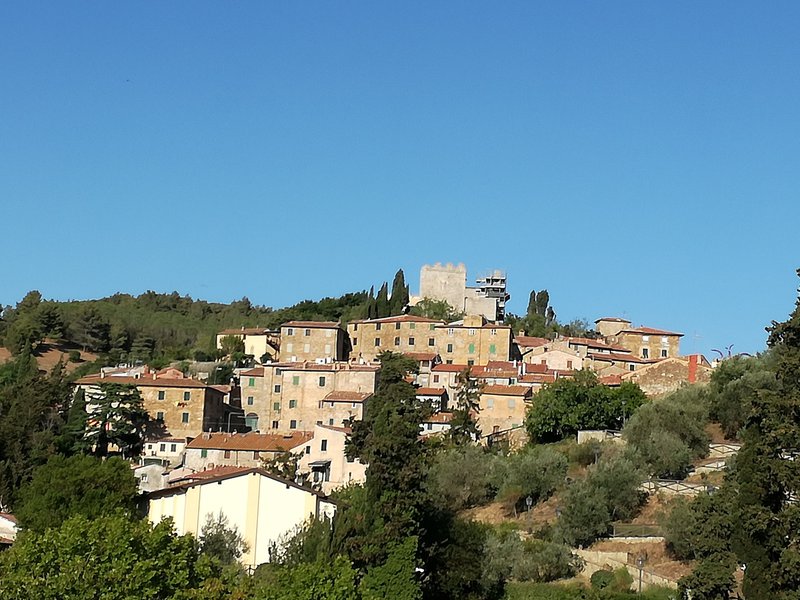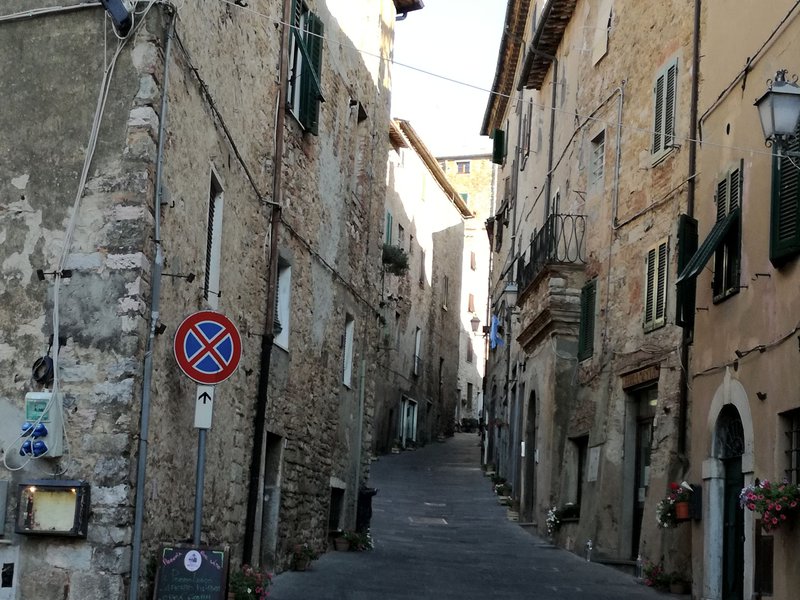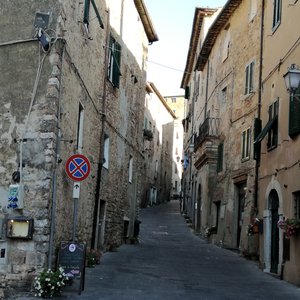



Campiglia Marittima
The municipality of San Vincenzo has an ancient historical and institutional bond with that of Campiglia Marittima. After the destruction of the Castle of Biserno (14th century) by Ghibelline Pisan troops, the various towns that dominated its territory from century to century delegated Campiglia to exercise its powers of control and administration. And it was not until the middle of the last century, when, with a decree of the President of the Republic signed on 3 June 1949, that the municipality of San Vincenzo was able to obtain its own autonomy.
The place-name Campillia appears for the first time in an official document in the year 1004, when Count Gherardo II Della Gherardesca decided to donate half of the castle of Campiglia to the monastery of Santa Maria di Serena near Chiusdino. The term Marittima, from the Latin Maritima (Maremma), was added to Campiglia in 1862, a year after the proclamation of the Kingdom of Italy.
Because of the subsoil, rich in minerals, the area was already inhabited in Etruscan and Roman times. In addition, archaeologists have found traces of a rudimentary village of huts (8th - 9th century) in the area, whose inhabitants were engaged in pig breeding.
The stone castle was built in the 12th century by the Della Gherardesca family, who had become the lords of this territory. Instead, urban expansion took place during the following century, after the Captain sent from Pisa began to play a central role in the government of the local municipality. The three gates that still exist to delimit the historic centre were built during this period, along with a wide city wall and numerous residences and businesses.
One of the most fascinating buildings, yet veiled in a certain mystery, is the Pieve di San Giovanni. Situated on a street facing towards Campiglia, and not too far from it, it was built in 1173. The demographic increase that occurred during the 12th century required the construction of a baptismal church larger than the one existing at that time. The result was a church with classical Romanesque architectural features, similar to certain Pisan buildings from the 11th and 12th centuries.
Under the roof of the church, it is possible to observe the magic 'SATOR' square, which, instead of being arranged in the classic 5 x 5 grid, contains only 3 rows where the 5 enigmatic words in which the letters SPOR EANT are repeated have been arranged.
Another place worth seeing is Palazzo Pretorio. The building, which dates back to the 13th century and was initially used to house the Captain of Justice, was extended over the following centuries. Among the embellishments carried out is the Clock Tower. Inside, it is possible to access the following exhibition and documentation spaces:
Historical Archive of the Municipality of Campiglia;
Permanent exhibition of Carlo Guarnieri;
Mineral Museum.





